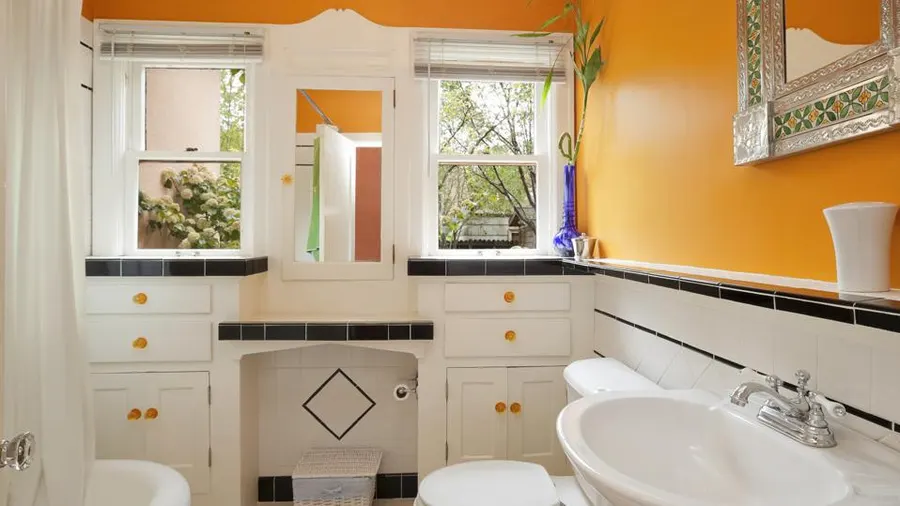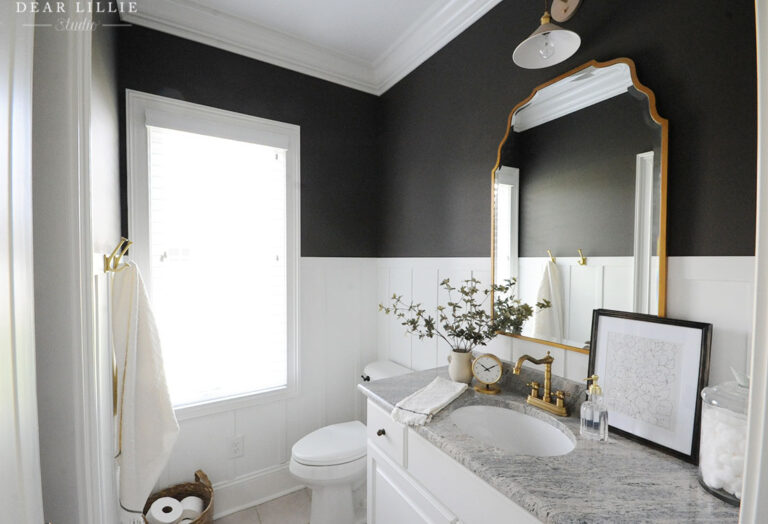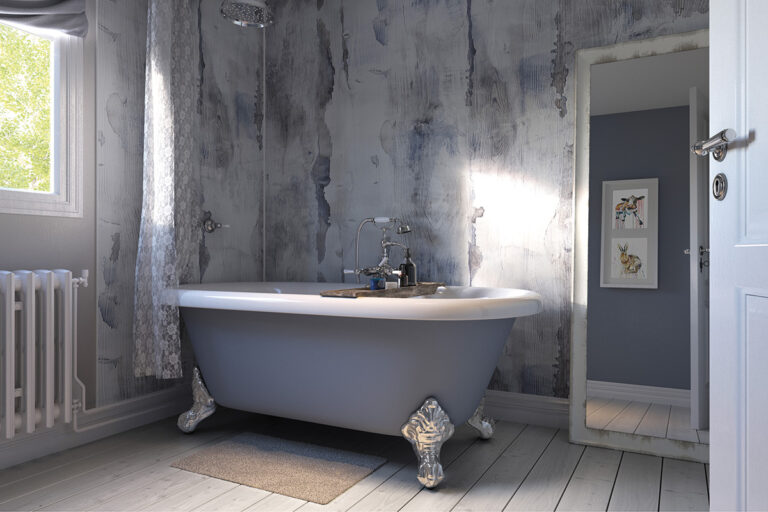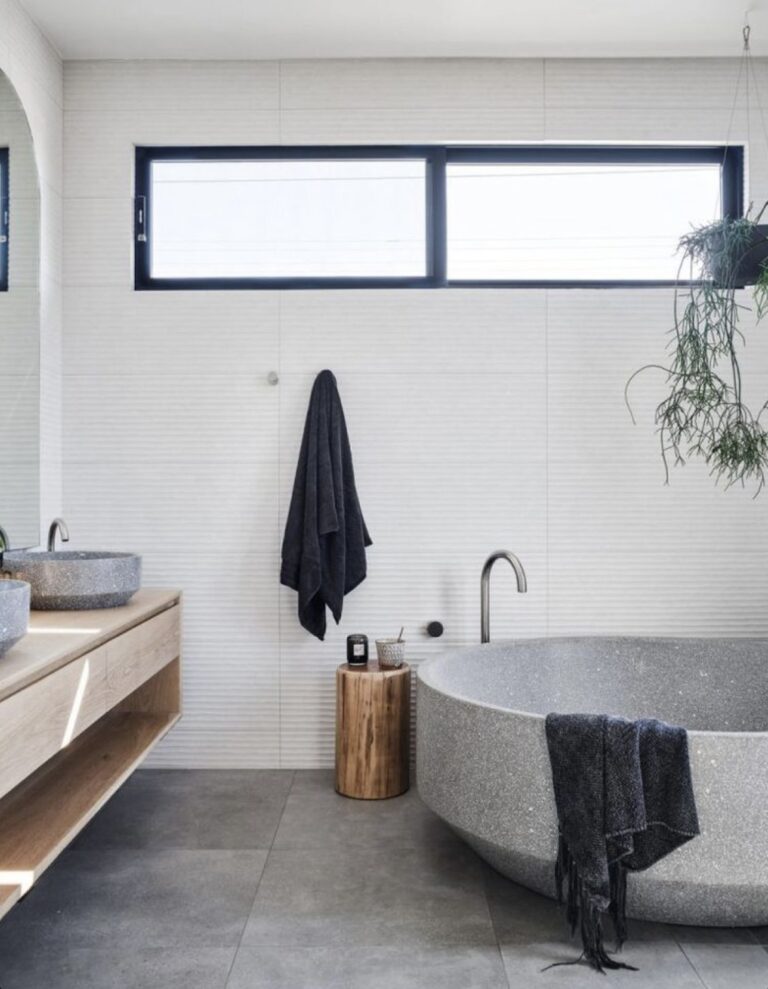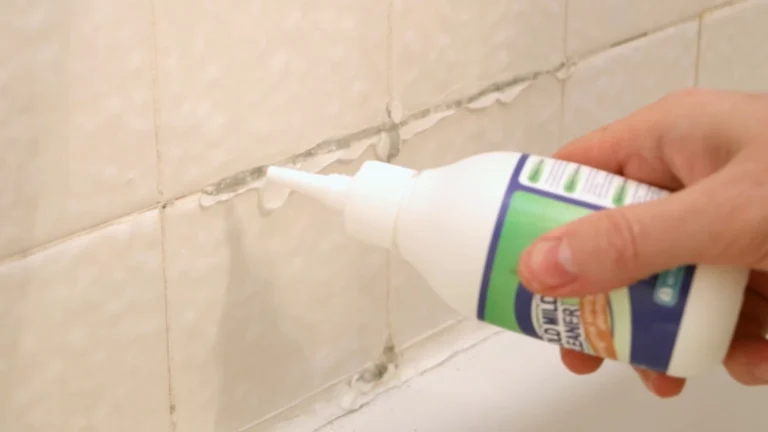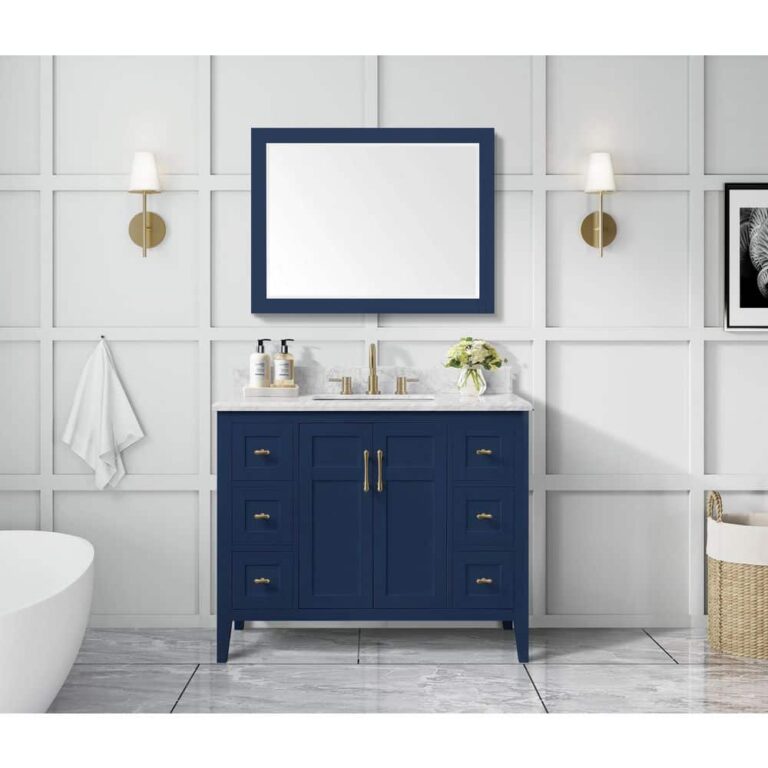What Type Of Paint Is Best For A Bathroom?
When it comes to painting your bathroom, you want to make sure that you choose the best type of paint for the job. Most bathrooms require paint that is resistant to moisture, mildew, and dirt. Because of this, it is important to choose a paint that is specifically designed for bathrooms. The best paint for a bathroom is typically a high-gloss enamel paint, as it is extremely durable and resistant to the elements. If you’re looking for a more decorative finish, semi-gloss or satin paint can be used, though they may require more maintenance than high-gloss paint. When painting your bathroom, it is also important to use a primer specifically designed for bathrooms, as this will help the paint adhere better and last longer.
Factors to Consider When Choosing Paint for a Bathroom
When it comes to painting a bathroom, it’s important to choose the right type of paint to ensure that the results are both aesthetically pleasing and long-lasting. While there is no one-size-fits-all option when it comes to choosing the best paint for a bathroom, there are several key factors to consider to make an informed decision.
Durability is the first factor to consider when selecting paint for a bathroom. As with any room in the house, bathrooms are exposed to moisture, meaning that the paint must be able to withstand the humidity and steam. Waterproof and mildew-resistant paints are ideal for bathrooms, as they are designed to resist moisture and prevent mold and mildew growth.
The second factor to consider is the finish of the paint. Glossy paint is often the preferred choice for bathrooms because it is easy to clean and offers a bright, shiny finish. However, if you desire a more muted look, matte paint is also a viable option.
The third factor to consider is the type of paint. Latex paint is the most commonly used for bathrooms, as it is both durable and easy to clean. Additionally, oil-based paints are often used for trim and woodwork due to their superior adhesion.
Finally, the color of the paint is a major factor to consider when selecting paint for a bathroom. Light colors are often preferred to make the room appear larger and brighter. However, if you prefer a more dramatic look, dark colors can also be used.
When selecting paint for a bathroom, it’s important to consider the factors outlined above to ensure that the results are both aesthetically pleasing and long-lasting. By taking the time to evaluate these factors, you can make an informed decision and enjoy a beautiful, well-painted bathroom for years to come.
Types of Bathroom Paint
When it comes to choosing the right paint for your bathroom, the options can seem overwhelming. There are a variety of paint types to choose from, each offering different benefits and drawbacks. To make the best decision, it’s important to understand the difference between each type of paint and the characteristics they possess.
Latex paint is the most common type of paint used in bathrooms and other areas of the home. Latex paint is water-based, making it easy to clean up, and is available in a range of finishes. It’s also resistant to mildew and can be applied over existing paint, making it a great choice for bathroom walls.
Oil-based paint is also an option for bathrooms, though it’s not as popular as latex. It provides a more durable finish and is available in a wider range of colors. However, it’s more difficult to clean up and requires a different type of primer than latex paint.
Another type of paint to consider is enamel paint. It’s more resistant to moisture and is easier to clean, making it a good choice for bathrooms. Enamel paint also provides a higher gloss finish, making it ideal for fixtures such as faucets and handles.
Finally, there’s epoxy paint. This type of paint is designed for high-traffic areas and is highly resistant to moisture and mildew. It’s a good choice for bathrooms with heavy use, such as in apartment buildings and public bathrooms.
No matter which type of paint you choose, it’s important to properly prepare the surface before application. This includes cleaning the walls and applying a good quality primer. Doing so will ensure the paint adheres better and lasts longer. With the right preparation and the right type of paint, you can create a beautiful and durable bathroom that will last for years to come.
Latex Paint for the Bathroom
When it comes to painting a bathroom, latex paint is often the material of choice. Latex paint is a water-based paint that is known for its versatility and durability. It is also an economical way to get a great paint job. Here are some of the benefits of using latex paint for painting the bathroom.
First, latex paint is an easy-to-clean material, making it an ideal choice for a bathroom. It is also resistant to mold and mildew, which are common problems in bathrooms. Latex paint also dries quickly, making it an ideal choice for busy bathrooms.
Second, latex paint is also highly durable. It is resistant to scratches, scuffs, and moisture, making it a great choice for bathrooms that get a lot of use. It is also resistant to fading, so it will look great for years to come.
Finally, latex paint is also an economical choice. It is easy to apply and does not require any special equipment or skills. This makes it a great choice for do-it-yourselfers. Latex paint also comes in a variety of colors and finishes, so you can customize the look of your bathroom.
In conclusion, latex paint is an excellent choice for painting a bathroom. It is easy to clean, highly durable, and economical. If you are looking for a great paint job, latex paint is a great option.
Pros and Cons of Oil-Based Paint for the Bathroom
Bathrooms can be tricky to paint, since the environment is often damp, humid, and can be exposed to excessive moisture. When choosing the right type of paint for your bathroom, you need to consider the pros and cons of oil-based paints. While oil-based paints are highly durable and offer a glossy finish, they’re also more difficult to apply and have a stronger odor.
Oil-based paints are generally more resistant to moisture, making them an ideal choice for bathrooms. They’re also more durable, which means they can last longer and handle more frequent cleaning. However, oil-based paints usually require a primer first, and they take longer to dry than other paints. Additionally, they often have a strong odor and can be more difficult to apply.
If you decide to use oil-based paint for your bathroom, make sure to use a quality product and apply it properly. It may also be beneficial to use a high-gloss finish to help protect against moisture damage. Additionally, be sure to take the necessary safety precautions when using oil-based paints, such as wearing a mask and gloves, and ensuring the area is well-ventilated.
Although oil-based paints provide a durable and glossy finish, they’re not always the best choice for the bathroom. Consider the pros and cons before making your decision, and make sure to take the necessary safety precautions when applying oil-based paints.

Water-Based Paint for a Bathroom: Pros and Cons
Bathrooms are one of the most difficult rooms to paint, and the type of paint you use can make all the difference. Water-based paint is often the go-to option for bathrooms, but there are both pros and cons to consider before making a decision.
On the plus side, water-based paints are resistant to moisture and humidity, and they are easy to clean and maintain. Plus, they don’t require a lot of preparation before painting and they are easy to mix and match colors. They are also more affordable than oil-based paints.
On the downside, water-based paints are not as durable as oil-based paints, and they don’t provide as much protection against mold and mildew. Also, they tend to be more difficult to apply and the colors often don’t look as vivid and bright as they do with oil-based paints.
Whether you go with water-based or oil-based paint for your bathroom, be sure to do your research and choose the best option for your needs. With the right paint, you can create a beautiful and functional bathroom that will last for years to come.
How to Choose the Right Sheen for Bathroom Paint
When it comes to painting a bathroom, choosing the right paint and sheen is essential. Different types of paint have different characteristics, and each sheen offers unique benefits. To ensure that your bathroom looks its best, you should take the time to understand which type of paint is best suited for your needs.
The most common sheen options for bathroom paint are flat, eggshell, satin, and semi-gloss. Flat paint gives walls a matte finish and hides imperfections, making it a great choice for walls with many cracks or holes. Eggshell paint has a subtle glow, making it a good choice for bathrooms that require a bit of shine. Satin paint is easy to clean and ideal for high-traffic bathrooms, while semi-gloss paint is highly durable and resistant to moisture.
In addition to paint sheen, you should consider the material you are painting and the amount of humidity in your bathroom. If your bathroom is prone to humidity, you should opt for a paint that is resistant to moisture and mildew. Oil-based paints are the best choice for bathrooms with high humidity levels, as they are more durable than water-based paints and can stand up to moisture.
Choosing the right paint and sheen for your bathroom can be tricky. However, with a little research and knowledge, you can find the perfect type of paint for your needs. By considering factors such as humidity levels, type of material, and desired finish, you can make sure that your bathroom looks its best.
Tips for Painting a Bathroom
Painting a bathroom is a great way to give the room a fresh and updated look. However, it can be a tricky job because bathrooms are often exposed to steam, water, and humidity. That makes it essential to choose the right type of paint for the job. Here are some tips to help you select the best paint for your bathroom:
- Choose a paint that is specifically designed for bathrooms. Bathroom paint is usually formulated to be extra resistant to moisture and humidity.
- Look for a paint that has a high gloss finish. This type of finish is more resistant to moisture and will help protect the walls from mildew and mold.
- Consider using an oil-based paint. This type of paint creates a strong, durable finish that is resistant to moisture.
- If you’re looking for a low-VOC paint, choose a water-based paint. This type of paint is better for the environment and can help reduce the amount of volatile organic compounds in the air.
- Make sure the paint you choose is suitable for the type of surface that you’re painting. It’s important to use the correct type of paint for the surface material.
By following these tips, you can choose the best paint for your bathroom. This will help ensure that the paint job will last for years to come and will look great.
Painting a Bathroom: Tools and Supplies Needed
The task of painting a bathroom can be daunting, but it doesn’t have to be! With the right tools and supplies, you can easily transform your bathroom into a beautiful space. Before beginning, you’ll need to decide which type of paint is best for the job.
Latex paint is a popular choice, as it is water-resistant and easy to clean. It also comes in a variety of finishes, such as flat, eggshell, and semi-gloss, so you can find a finish that suits your aesthetic. Oil-based paint is also an option, but it requires a longer drying period and can emit strong fumes.
In addition to paint, you’ll need to purchase a few other supplies. Paintbrushes, rollers, drop cloths, painter’s tape, and a ladder are all essential for a successful paint job. Primer is also recommended, as it will help the paint adhere to the walls more effectively.
Finally, make sure to do your research and check the labels on the paint you buy. Water-resistant, mildew-resistant, and low-VOC paints are all good options for bathrooms. Once you’ve chosen the right type of paint, you’re ready to begin the transformation!
Conclusion
Overall, the type of paint that is best for a bathroom depends on the individual’s preferences. Satin or semi-gloss paint is the most commonly used as they are easy to clean and provide some moisture resistance. However, if you are looking for an even more moisture-resistant option, you may want to consider using an oil-based paint or a waterproof paint. Ultimately, it is important to consider your needs and choose a paint that will best suit your bathroom’s environment.
